
Still from Ken Park, 2002
Pataphysics Magazine Interview with Larry Clark
(From the Holiday Resort issue, 2003. Brought to ASX by Yanni Florence and Pataphysics Magazine)
Pataphysics: They’re all recent these images aren’t they?
Larry Clark: They’re not so old – some are, I don’t know exactly, but they’re done within the last few years. I’m working on a new book which should be ready maybe in a couple of months.
P: That’s the limited edition?
LC: Yeah, it’ll be a thousand books, and it’s going to be four hundred pages. I have all the material and it’s going to cover photographs from the last few years and old writings and everything I could possibly find to put in it, I’m putting in it.
P: Your first work in film emerged out of a book you did, was it 1992? You were also making videos…
LC: I was doing collages – newspapers and magazines collaged with my photographs to tell stories. And I was also doing video installations.
P: What were they?
LC: The installations were stuff that I’d taped off television – teenagers telling stories. There were some talk shows where they would have guests and I would tape those and edit them down. They had one show where this kid had killed his father, and it was an hour show, and he was being interviewed and they brought on other people who were involved. I edited it down to just him, so it came down to thirteen or fourteen minutes. I think most of them came off Donahue. There was one where a thirteen-year-old kid had had a two or three year affair with a thirty-five-year-old woman, who was a neighbor. I taped that, it was an hour. And they had all these people telling him that he was now really emotionally fucked-up because of this affair because he was thirteen and she was thirty-five. They were telling him how wrong it was and he was saying, ‘I don’t really feel like I’m all fucked-up.’ But they kept having psychologists and all these people on, telling him how screwed-up he was. So I edited that down to about a ten minute thing that was just all of the kid and what the kid had to say.
P: Was it quite fragmented?
LC: Yeah, but it all made sense. I just cut out all the other stuff. It was fragmented but it was really interesting to work with. There was another kid who’d been raped. And then I taped something of a kid who was being interviewed by Bryant Gumbel on Today. I edited it so you don’t really know why he’s there. They’re talking about his story and things like that – he had like a very inspirational, heroic story. He’s overcome all these odds, but you don’t know why he’s there. I did an installation where I had four or five monitors in a gallery facing the wall at different corners of the gallery and one in the middle and you went in and leaned against the wall and were kind of trapped in the space with this monitor. It was very confrontational, because the content of each video was so powerful – very strong and disturbing content. They were interesting on different levels. But that really is a part of what’s become Ken Park, the new film. This film comes from these stories in the videos and a couple of stories of friends of mine – plus the collages, and everything is in the book A Perfect Childhood really. There’s the kid who kills his parents – there was an article in a newspaper and I did a collage from it. He got naked so he wouldn’t get blood on his clothes and he stabbed his parents. And then I told Harmony Korine all these stories. When I met Harmony I told him this story for Kids. He was one of the kids hanging around, so he knew the kids, so he wrote Kids, and then it took a year to raise the money for it. During that year I gave him all these stories for Ken Park, and I said, ‘Look, I’ve got like these different stories that could be three or four different movies, could you put them all together in one screenplay?’ And so I told the stories of the characters and what happened to them, and he said, ‘You know, when I wrote Kids, I’d know these kids, but these people I don’t know at all, but I’ll try.’ So he did it, and he structured this brilliant thing, but anyway, when it came to the story of the kid killing his parents, Harmony changed it to a kid killing his grandparents, and Harmony was living with his grandmother then, so I thought it was funny that Harmony killed his grandmother!

Stills from Ken Park, 2002
P: When making the videos did you just find the TV programs by chance?
LC: Well, I’d look for these shows about teenagers and I would wait for them. They would advertise – they’d usually advertise the show in the TV guide or something. Or someone who watched those afternoon shows would hear about it. Once in a while they’d call me and say, ‘Turn on the TV!’ So I’d turn on the TV and throw a tape in.
P: The videos were quite roughly done were they?
LC: Very, very roughly done, yeah. And then I did another one that was on cable access. It was called G-Street Live, which is a cable access show, some show that I happened to be channel checking, and I ran into the free channel, where anybody can get a TV show. It was like some guys from Brooklyn, who were probably thirty years old or something, and they would just sit there and talk about baseball or heavy metal music – they were like old head-bangers, I think. But one show – and it turned out that this was a very odd show, because I’d watch it quite a few more times after I’d happened to come across it and it was different – but this one night that I first saw it they had invited these kids on, these teenagers who were like younger brothers or some kids they knew from the neighborhood, and they had them as their guests. They were just kind of sitting there, these kids, fourteen-, fifteen-, sixteen-year-olds. And so consequently all these other kids would call in and say shit to these teenagers, right, because it was like you could call in and say anything you wanted to, because it was cable access. So they would call in and say, ‘I’m fucking your mother, right now,’ and ‘You know, you look like a faggot.’ And they just went on and on and on. Just constant, I mean constant, it was like these constant phone calls. The phone just kept ringing, and every time they’d pick it up there’d be some kid saying something. The show went on for about an hour. So I edited it down to just the phone calls. Then I took the tape into a studio and there’s a machine where you can go in and you can blow up parts of the tape and I put it on one kid, and I followed him no matter where he went in the frame, so if it went to a wide shot of all eight people he’d be very small, but I would blow him up so he would always be in the frame. If there was a close-up of him – and there were probably only two shots in the whole show – but he would come into focus and be very sharp and at other times he would be in different stages of resolution. Anyway, it was very visual and there was all this sound and all these kids saying things. That was one of them.
P: Do you think those kinds of very loose techniques have influenced the way you’ve made films more recently?
LC: I think it just pointed me towards film. I was so bored with photography – I’d been making photographs since 1962, or before that, but the earliest photographs that you’ve seen come from like 1962, the early Tulsa photographs. And I’d done the books and all that stuff, but I was always a storyteller, and I became very bored with like a double spread, doing books. So then I was just trying to tell stories in different ways, and I started doing the collages. I was taking my photographs and collaging them with all kinds of stuff – magazines and newspapers and all kinds of stuff that seemed to fit in. Then it went into the video installations where I was telling stories also. I was telling stories, but appropriating materials and then changing them around and then making them into the story I wanted to tell, and then shaping the story and the visual aspects of it by taking the images and either enlarging or doing different things with them. So I think that was all pointing towards making film. I really wanted to make a film because that seemed to be the best way to tell stories. It’s such a bigger canvas because then you’re dealing with something where you can make it look like real life. Hence Kids was the first one.
P: Did you think of making films in the ’60s and ’70s?
LC: Yeah, Tulsa was actually supposed to be a film. I went down in 1971 with a camera and a tape recorder and I was going to make a one-man movie, because the Tulsa scene, you know, I couldn’t bring anybody in. You couldn’t bring a crew of people, it was just my scene. But I felt it was impossible to do. And so then I thought, well I’ve got to finish this, so I took the Leica. Tulsa is done like a film but it’s done with a camera – that was because there was no way to make a film, but I wanted to do a film then because the way that I saw was like cinema, I think. Then, you know, just through the years I got so into the lifestyle – the outlaw lifestyle – and so into drugs and everything like that, I certainly couldn’t have made a film, I was just too fucked-up. So I had to get myself together to be able to make a film, and I kind of rehabilitated myself – one of the two or three times I’ve done it, although the first time that I’ve rehabilitated myself to be able to make a film!
P: What did that involve, rehabilitating?
LC: That involved trying to figure out a way to live without drugs and alcohol. I went to rehab, and I did different things, but it would last for a period of time and then it wouldn’t last anymore. I couldn’t quite get a handle on it, but I always made work. But finally I got together enough so I could do it. It takes a tremendous amount of energy, and a tremendous amount of work, to make a film. You have to have an incredible desire, because I’m jumping in to make a film and it’s a big business and you need a lot of money and you have to convince people to give you money and then you have to really do it, and I knew I could do it. It was difficult…
P: Did the Morrissey/Warhol films influence you? Morrissey spoke of making films primarily about personalities rather than the emphasis being on themes and directors and statements…
LC: Well, I saw those films and I liked them. What was interesting was when I did Tulsa it was like, innocent – nobody really knew the ramifications of the kind of pictures I was taking – it was such a secret world and I was one of the guys, I was an insider. I was photographing it from the inside, and I was just making photographs – there was an innocence there. I remember coming to New York and seeing Chelsea Girls, and being upset by it. The first time I saw it my reaction was – which is interesting – my reaction was, they know better. Because they were actually acting for the camera, right. They were like aware of the camera and acting for the camera and doing those things for the camera. That was the difference I think between Tulsa and that work – all of a sudden people became aware. There was a time with those Warhol movies when people became aware of the camera and acting for the camera. Whereas Tulsa was the other side of the line. In Tulsa people weren’t acting for the camera, it was really like life.
P: Were they aware of the camera?
LC: They were aware of me, but I had always been around and always had a camera. So it wasn’t like anybody coming in and making photographs, it was just Larry with his camera practising his photography, because he’d always had a camera, because I worked for my mother who was a baby photographer, and so from the time I was fourteen years old I had a camera, because I would go and photograph babies for my mother. I’d go with my mother or carry her equipment with her, so there were always cameras. So if I didn’t have my camera they’d say, ‘Larry, where’s your camera?’ So when I started photographing my friends it was just like a natural thing. It wasn’t like okay now we’re going to make photographs and make a book or make a movie and people are going to see this. There was really never a thought given that anybody was going to see these images, it just never came up. It was just kind of part of the scene because it was like organic and totally natural, and I wasn’t thinking about doing anything with the photographs or showing them or doing a book or anything, it just wasn’t in the consciousness until later. Then it became – well, I have all this stuff, it’s like visual anthropology, you know, it should all be put together. When I went back in ’71, I knew what I was doing. I was going to do a film first and then I was going to do a book. Then of course I was totally aware – I knew what I was doing, and I’d actually laid out the first half of the book, and then I knew that certain things were going to happen. I didn’t know how they would happen or when they would happen, but I knew the life so well that I knew certain things would happen and I was going to be there to photograph them. But the point I’m making is, when you say Morrissey and Warhol and those people, there’s a line there I think, that around that time it became something like acting for the camera, and people being aware of the camera.
P: Maybe that, to some extent, reflects the state of the culture at the time.
LC: I think so, yeah
P: That sense of contrivance…
LC: Right. But it’s interesting that my reaction was that it was so far out to me that people would do that on purpose for the camera.
P: Did you think those films were exploitative? Sometimes they’re talked about in those terms, the actors being exploited etc.
LC: I’m not sure they were exploited, I mean, they were part of it. They were like, you know, showing off.
P: But what you’re saying is the work you were doing was really about people just doing what they did.
LC: Exactly, right. No-one was showing off, it was a different thing.
P: Now the Morrissey/Warhol films seem slightly innocent when you look at the way there’s a continual flow of psychological material on TV.

Stills from Kids, 1995
LC: Right. Now it’s all about ‘I’ll do anything to be on TV or to be filmed – I’ll be humiliated, I’ll do anything.’ Which brings us into like The Jerry Springer Show and all those kind of things, and the reality shows. I just saw a preview last night of a new show where they put hidden cameras in the whorehouses in Vegas, and then at some point I guess the people have to sign a release that allows the hidden camera footage to be shown. That’s the next thing, so it’s like on and on and on. And now every aspect of our lives is photographed and documented, specially all the kids. I mean, I go out into a club and I talk to kids and seventy, eighty percent if you ask them what they do they’ll say, ‘I’m a photographer.’ Two skaters will go out to skate and one has a video camera and he’ll video the one skating, and then the one skating will take the camera and video the other one skating, and then they’ll go home after school after skating for a couple of hours and then spend a couple of hours watching what they’ve done. So everything is documented and everything is seen. And there are so many photographers now. There’s a whole group of photographers that I meet who tell me that I’ve been some form of inspiration for them, who now photograph everything – all the sex and the drugs and the fighting. There are some really good photographers out now that I’ve met in New York who party and are doing drugs and doing everything and just living, right, just living with drugs and sex and music. But everything is photographed and they all have cameras. It’s not like one person photographing them, they’re all photographing each other doing it, and it’s almost like if it’s not documented did it even happen?! They’re making evidence all the time, constantly – at this moment everybody is making evidence of everything they do, and also on the level we were talking about a second ago, on TV. It’s pretty interesting where it’s going.
P: Can you go further with photographs, or do you feel more committed at the moment to just continuing primarily with film?
LC: Well, no, I want to make photographs. I’ve been thinking a lot about this lately, that I should get out there and make some photographs and just see what I would do now.
P: Does censorship affect your films?
LC: They’re always trying to affect it. Ken Park is totally uncensored, explicit, everything that I wanted to show is being shown. The stories in Ken Park and the characters were supposed to be my first film. So I was coming straight from the artworld into film, but then it didn’t work out that way. So it’s taken all this time and then by making Kids and by making the other films. Then you find out that there are all these rules and censorship, and what you can show and can’t show if you want to get the film shown. Most of the time you have to make some kind of deal that you will promise a certain rating, and I was told that if you show certain things it’s automatically pornography, that there are certain images that are automatically pornography, and I said, ‘No it’s not!’ I said, ‘I’m going to prove to you that it’s not. I can do this and it’s not pornography!’ If it’s in the story and it makes sense and if it’s part of life and it’s done right you know that it won’t be pornography, and I’ve done that in this film. I think there’s a lot of stuff I can do. Even though everything is documented now, everything is photographed, I think there’s still a place for me to make work.
P: Your films often seem to have something irreversible happen to someone at some point – whether it’s in Kids or Bully – in some ways that’s a critique of the ‘happiness’ that’s sold to people. There’s been a kind of contraction of film as a medium, and maybe what you’re saying is that you’re attempting to split this open.
LC: Well, my idea for Ken Park was to tell these stories about families, because we’re all from fucked-up families in some way or another – whether they’re good families or bad families, we all have to survive our families. So this film is about survival, it’s about surviving the family. And what I’ve done is taken one of these stories of these kids and their families and made it into a film. But I have a tendency to cram everything into one film, because I want to make it visually exciting and strong and I want everything in there, so I’m putting four families in. And the kids are abused physically and abused emotionally and fucked-up, and the adults are using the children to try and fulfill their own emotional emptiness, and at the end of the day the kids are getting none of their emotional needs fulfilled. So when it’s over, the kids – it’s like devastation – the kids have really been put through it. Normally I think in this film you would just show how broken all the kids were, but in Ken Park I had this idea that I wanted to have a scene that showed some kind of temporary redemption – maybe some kind of temporary salvation, maybe something uplifting, where some of the kids will be able to survive or have a chance to survive because they have each other. They don’t have anything else but they do have each other, and my idea was to say, well, I’m going to do this by the kids coming together and having sex. And as an idea it sounds like, you know, how are you going to make that work?
P: That last scene in Ken Park – was it something you were unsure of? Was it a risk that it wasn’t going to work?
LC: It’s just a risky thing, just thinking about it, it’s a risky thing to have people that get it – and people get it. People come out of the film, and they’re saying, ‘You know, that last scene really works, it’s not pornography, it really works, and I thought it was like the cleanest scene in the movie.’
P: You’re pushing the boundaries…
LC: I know that we pushed the boundaries. Then there are some other scenes in the film that I don’t think are shocking – I think they’re startling, but it’s all real, it’s all real life and it’s all part of it, and nothing is there just to be there. And that’s why it works, because it’s obvious that it’s not like, okay now we’re going to do this, and then we’re going to shock you with this image. None of that comes into play. It’s all supposed to be there, and if it wasn’t there we’re not just going to turn the camera away, we’re not going to close the door, we’re not going to go to the close-up, we’re just going to do it, which in art no-one would ever think twice about – I mean, you can do anything. People go to art shows and galleries and no-one blinks, but boy man, you put something on the screen and it’s like…! And I guess that’s because it’s so accessible.
P: There’s this idea that film will really be art when it’s able to be made by a lot people relatively inexpensively, and that era’s almost here.
LC: I think it’s close to being here, because now with a DV anybody can do it, and obviously that’s the future.
P: Are you interested in films being distributed and shown in other ways?
LC: I think you’re going to be able to get anything. You’ll be able to access anything. It’s going to be interesting. I don’t really know, but obviously it’s all going to happen. It’s a good thing, I guess. That’s just the way it’s going to be.
P: You’re still working with 35mm…
LC: Yeah, well, I’m old school you know, and light goes through film and there’s this beauty that you’re never going to get with electronic images. But what’s going to happen is they’re going to figure out how to make electronic images and video look like film – to get all that magic stuff that you get when light goes through film. And nobody will be using film anymore. But I’m old school. I’ll work for twenty more years – I’ll keep making films probably. I’m pretty much into film at the moment. I don’t know where I’m going to go with it, but I’m a pretty basic storyteller, pretty classical, pretty straight ahead.
P: Fassbinder spoke of making films that were both radical and melodramatic – maybe that’s related to what you’re talking about – a radicality within a classical, linear story…
LC: Yeah, I’m trying to use film, and probably the best way is to try to get a realism – try to get it so when you’re watching it that it’s all about feeling – it touches you, it’s real life. Maybe the actors and the cameraman and the director and everybody at one point do something – it just feels so real, and this is something that you relate to so strongly as a human being, as part of the human experience, as part of life, that you’re moved by it. It’s pretty simple, and that’s really hard to do. It’s really hard to get that.
WWW.LARRYCLARK.COM
ASX CHANNEL: LARRY CLARK
(All rights reserved. Text @ Pataphysics Magazine, Images @ Larry Clark)





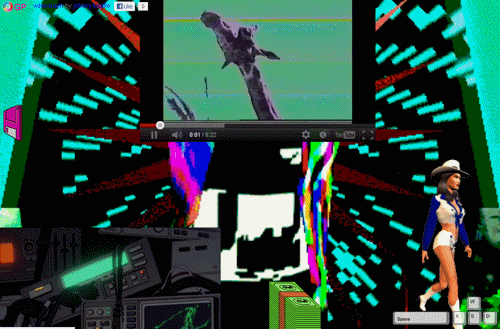
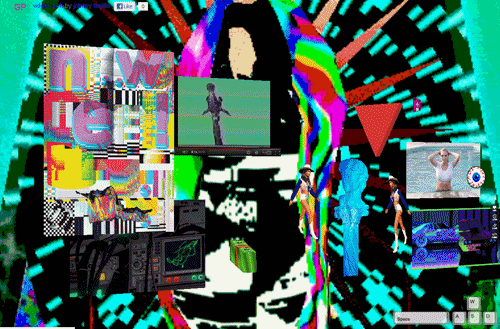
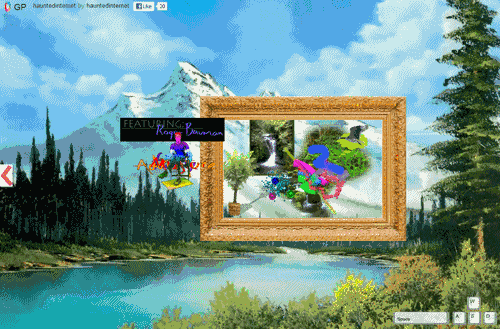

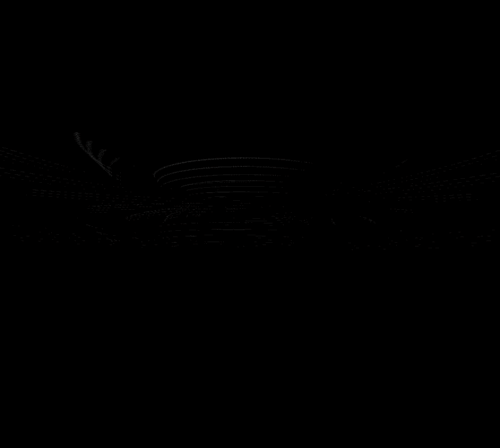
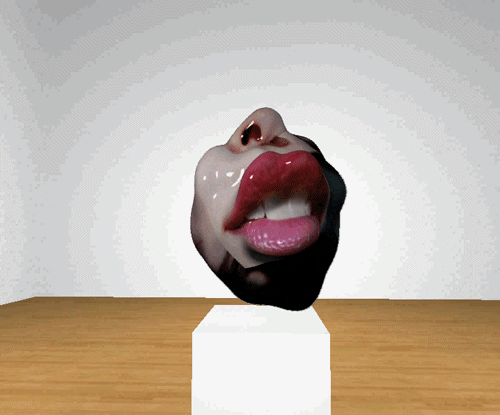

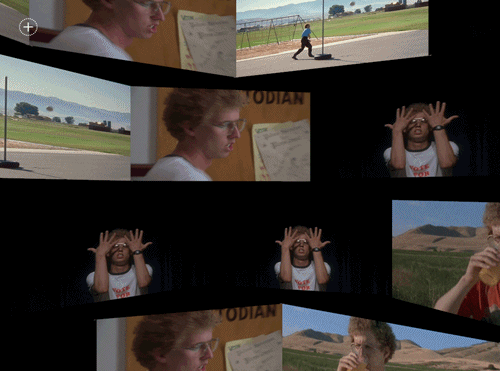





![Fritz Winter. 'Stufungen [Gradations]' 1934](http://artblart.files.wordpress.com/2012/11/fritz-winter-stufungen-1934-web.jpg?w=655&h=927)

![Fritz Winter. 'Weiß in Schwarz [White in Black]' 1934](http://artblart.files.wordpress.com/2012/11/fritz-winter-weic39f-in-schwarz-1934-web.jpg?w=655&h=886)







































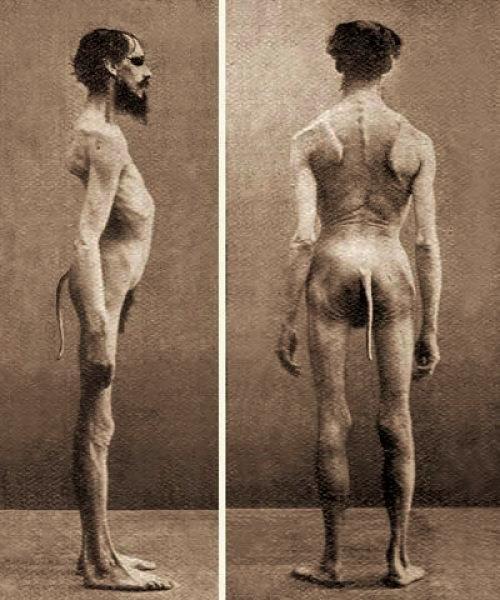















 Some look like tumorous day-glo Rothkos. A standout: The bursting Malevich square-type. Just want to touch it don’t you? Mmm.
Some look like tumorous day-glo Rothkos. A standout: The bursting Malevich square-type. Just want to touch it don’t you? Mmm. 




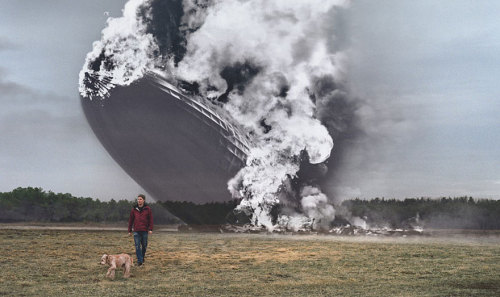
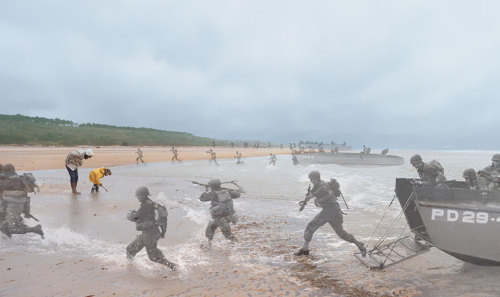









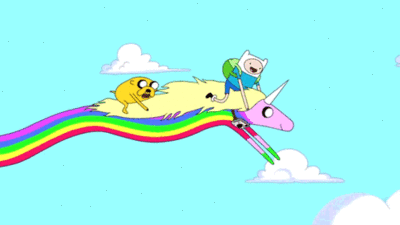

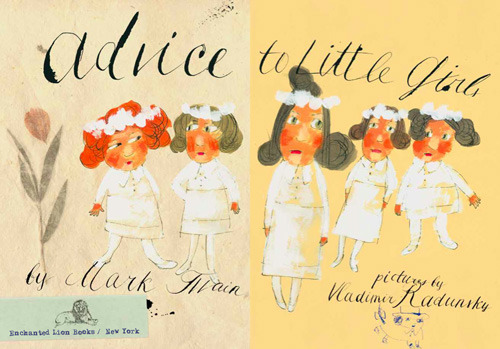
 Scatman Crothers as Dick Halloran and a can of Calumet The Shining/photo illustration Maggie Caldwell
Scatman Crothers as Dick Halloran and a can of Calumet The Shining/photo illustration Maggie Caldwell









